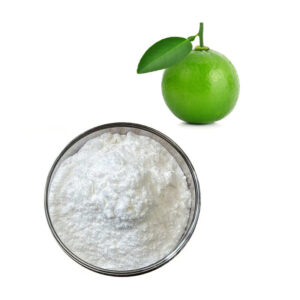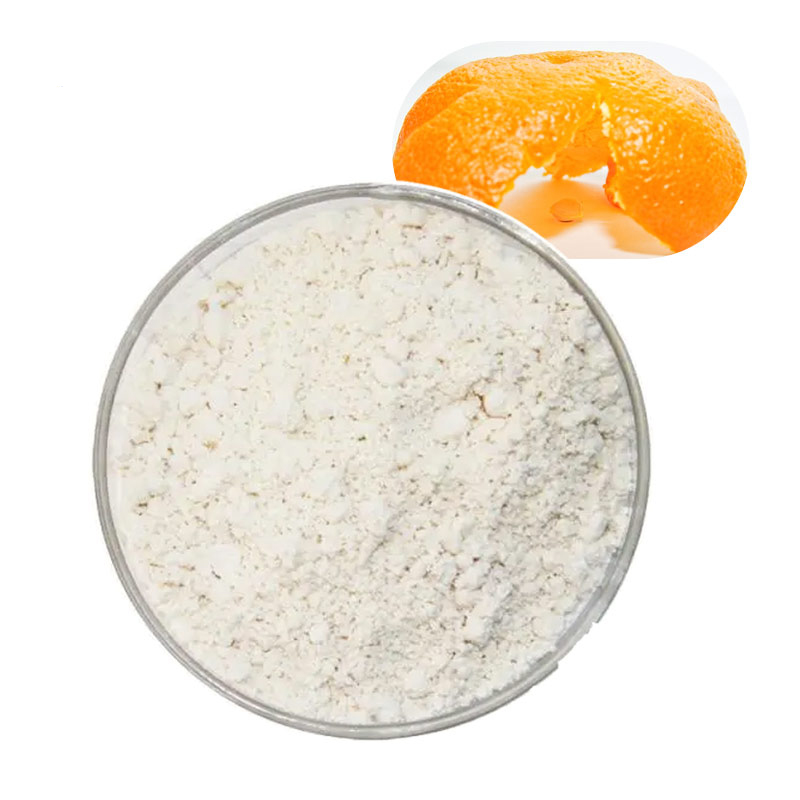Neohesperidin dihydrochalcone CAS:20702-77-6
-Plant extracts
1. High purity,
2.Better stability,
3.For sweetener and medica.
Share the product
Product information

Product Attribute
| Product Name | Neohesperidin dihydrochalcone CAS:20702-77-6 |
| Type | Natural Flavor |
| Brand Name | BAISIFU |
| Appearance | Powder |
| Shelf Life | 2 years |
| Specification | 1L |
| MOQ | 5kg |
| Origin | Shaanxi,China |
| Purity | 99% |
| Packing | Foil bag,Bottled,Drum,Carton,Container |
| Storage | Store in cool &dry place Keep away from strong light and heat |
| Ingredients | Natural raw materials, safe and harmless, no addition |
| Certificate | SC/KOSHER/HALAL |
| use | Medicine, health products, cosmetics, agriculture, etc |
| workability | Concentration, drying, purification, etc |
Introduction
Name: Neohesperidin Dihydrochalcone, abbreviated as NHDC.
Chemical Structure: It is a dihydrochalcone compound obtained by the hydrogenation reduction of neohesperidin. Its molecular structure contains multiple functional groups such as hydroxyl groups, endowing it with certain polarity and special chemical properties.
Molecular Formula and Molecular Weight: The molecular formula is \(C_{28}H_{36}O_{15}\), and the molecular weight is 612.58.
Physical and Chemical Properties
Appearance: Usually a white to light yellow crystalline powder.
Solubility: Slightly soluble in water, soluble in organic solvents such as ethanol.
Stability: Relatively stable under normal storage conditions, but may degrade or deteriorate under extreme conditions like high temperature, high humidity, strong acids or alkalis.
Source
It is mainly extracted from the peels of citrus fruits like oranges and grapefruits, and can also be chemically synthesized.
Main Uses
Sweetener: High – sweet, low – calorie, 1000 – 1500x sweeter than sucrose, for low – sugar foods.
Flavor Improver: Improves food flavor, masks bad tastes, enhances harmony.
Medical Field: Has antioxidant, anti – inflammatory effects, potential in R & D.
Safety
Neohesperidin dihydrochalcone is highly safe. Within the specified usage range, it poses no significant harm to human health. Many countries and international organizations have approved its use in food and other fields and formulated corresponding usage standards and regulations.


